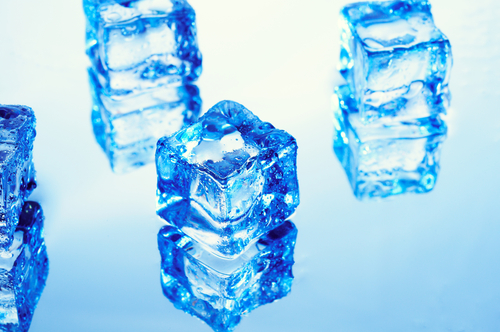Ice baths – the theoretical benefits
 It is a common practice you see, where athletes finish training or an event and immerse themselves in an ice filled bath (cold water immersion) to assist with recovery. Why exactly do they do this and what is the perceived benefit.
It is a common practice you see, where athletes finish training or an event and immerse themselves in an ice filled bath (cold water immersion) to assist with recovery. Why exactly do they do this and what is the perceived benefit.
Intense exercise leads to microtrauma (small tears) in muscle fibres and resultant soreness which is often referred to as Delayed Onset Muscle Soreness (DOMS).
The general theory behind ice baths is that it helps settle the inflammatory response quickly, acting to constrict the blood vessels and capillaries within our muscle tissue, flush waste products and reduce swelling and tissue damage. Then with gradual rewarming the increased blood flow increases circulation and facilitates the healing process.
So whilst that’s the theory behind cold water immersion, conclusive research about the pros and cons and temperatures and ideal time frames are still a way off. For both reducing muscle soreness and maintaining results from strength and endurance training, there is some evidence that ice baths have positive results in the short term. A recent study by Machado et al (Sports Med. 2016 Apr) concluded that the available evidence suggests that cold water immersion can be slightly better than passive recovery in the management of muscle soreness, and that the results indicated that water temperature between 11-15 degrees celsius and an immersion time of 11-15 minutes can provide the best results.
General consensus is that cold water immersion (ice baths) may be of use for reducing muscle soreness and improve performance and enhance results of endurance exercise. There is less supportive evidence for maximum muscle adaptation in strength training athletes, and some research indicates cold water immersion may hinder the benefits of strength exercise.
There is of course the psychological benefit to consider as well, for those who are strong believers in ice baths, combined together with the potential physiological benefits, this may assist in enhancing the athlete’s recovery from exercise.
